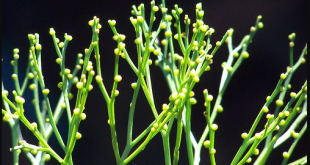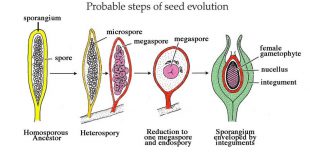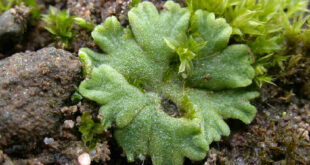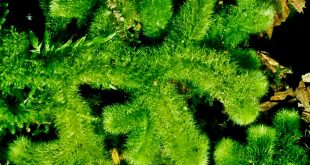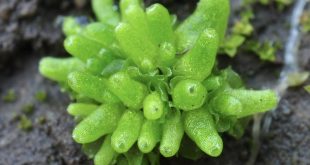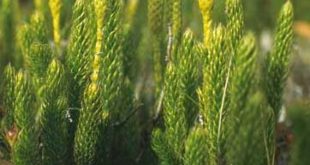Plants have been a crucial part of the earth’s ecosystem for millions of years. From towering trees to tiny mosses, they have diversified and adapted to various environments. One group of plants that has remained relatively unchanged for hundreds of millions of years is the Psilophyta, also known as whisk …
Read More »Heterospory and Seed Habit
Heterospory The phenomenon of the development of two types of spores (differing in size, structure and function) by the same species is known as heterospory. The two different sizes are smaller spores also known as microspores and the larger spores also known as megaspores. Rashid (1999) listed nine genera as …
Read More »Riccia: A Common Liverwort
The simplest members of the order Marchiantales are found in the family Ricciaceae. There are roughly 140 species in the family. They fall under the Tesselina, Ricciocarpus, and Riccia genera. There are only one species each for the first two. The genus Riccia encompasses the remainder. The Italian botanist F. …
Read More »Bryophytes: Extensive Habitats and Distributions
Bryophytes are simple non-flowering, non-vascular land plants that reproduce through spores rather than flower or seeds. Bryophytes are often known as a junction or bridge between lower cryptogams and higher cryptogams. Since bryophytes reproduce via spores, their lightweight spores have been dispersed by the wind all over the world, in …
Read More »Bryophyta: Classification and Identification of Bryophytes
Living organisms are classified into five kingdoms by R.H. Whittaker. He classified living species based on cellular structure, manner of nourishment, body organization, reproduction, phylogenetic relationship, and other factors. Monera, Protista, Fungi, Plantae, and Animalia were the five kingdoms. According to the above-mentioned criteria, the plant kingdom has been divided …
Read More »Bryophytes: Methods of Creating Their Generations
For studying, researching, and observing plants and plant life, we need to start from the beginning of some basic divisions of plants and have the knowledge of some plant categories. Bryophytes are one of the most interesting and incredible divisions of the plant kingdom. Anyone who has the thirst to …
Read More »Equisetum: The Scouring Rushes
Equisetum: The Scouring Rushes Equisetum commonly known as ‘Horsetails’ or ‘Scouring rushes’. It comprises about 25 species and is worldwide in distribution. Except This genus in vascular plants, there is no living genus in Equisetaceae family that reproduces by spores rather than seeds. Taxonomic position: Division: Sphenophyta Class: Sphenopsida Order: …
Read More »Bryophyta: Classification, Distribution & Characteristics
Bryophyta is a division of non-flowering plants or embryophytes (land plants) characterized by rhizoids rather than true roots and having little or no organized vascular tissue and showing distinct alternation of generations: gamete bearing forms and spore bearing forms. Like all land plants (embryophytes), bryophytes have life cycle with alternation …
Read More »Sphaerocarpales: The Engaging Bottle Liverworts
Bryophyte, traditional name for any non-vascular seedless plant. They are the nearest existing relative of early terrestrial plants. They can be found in all ecosystems of earth. Bryophytes are an unceremonious group consisting of three divisions the liverworts, hornworts and mosses . Here we will discuss about Sphaerocarpales, which is …
Read More »Lycopodium: The Creeping Pines
Systematic Position Division: Lycophyta / Lepidophyta Class: Eligulopsida Order: Lycopodiales Family: Lycopodiaceae Genus: Lycopodium Also known as club mosses, Lycopods, creeping pines or tailing pines. Ligule: A membranous outgrowth projecting from the leaf sheath. On the basis of ligule, Lycophyta has 2 classes: Eligulopsida: Lycopodium phylloglossum Liqulopsida – Isoetales, Selaginellales …
Read More » Plantlet The Blogging Platform of Department of Botany, University of Dhaka
Plantlet The Blogging Platform of Department of Botany, University of Dhaka
